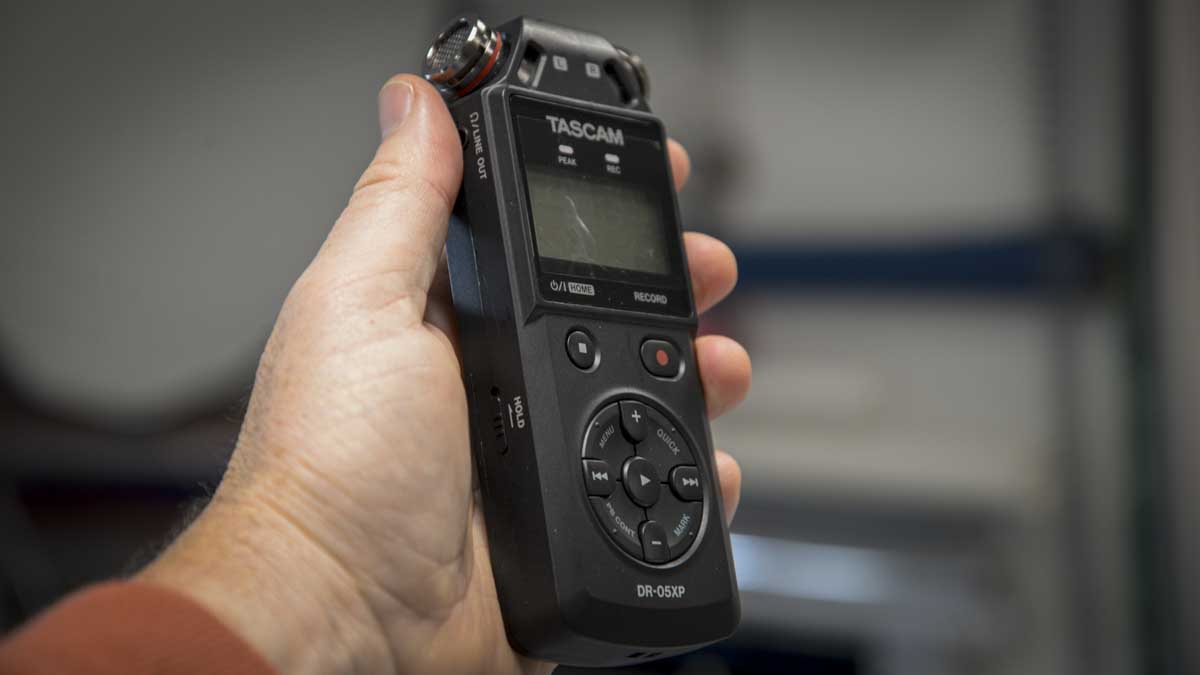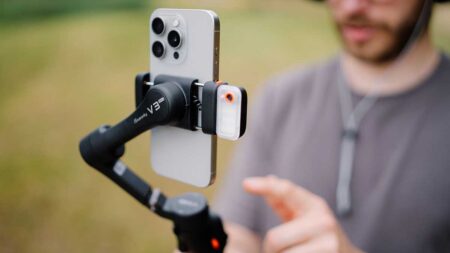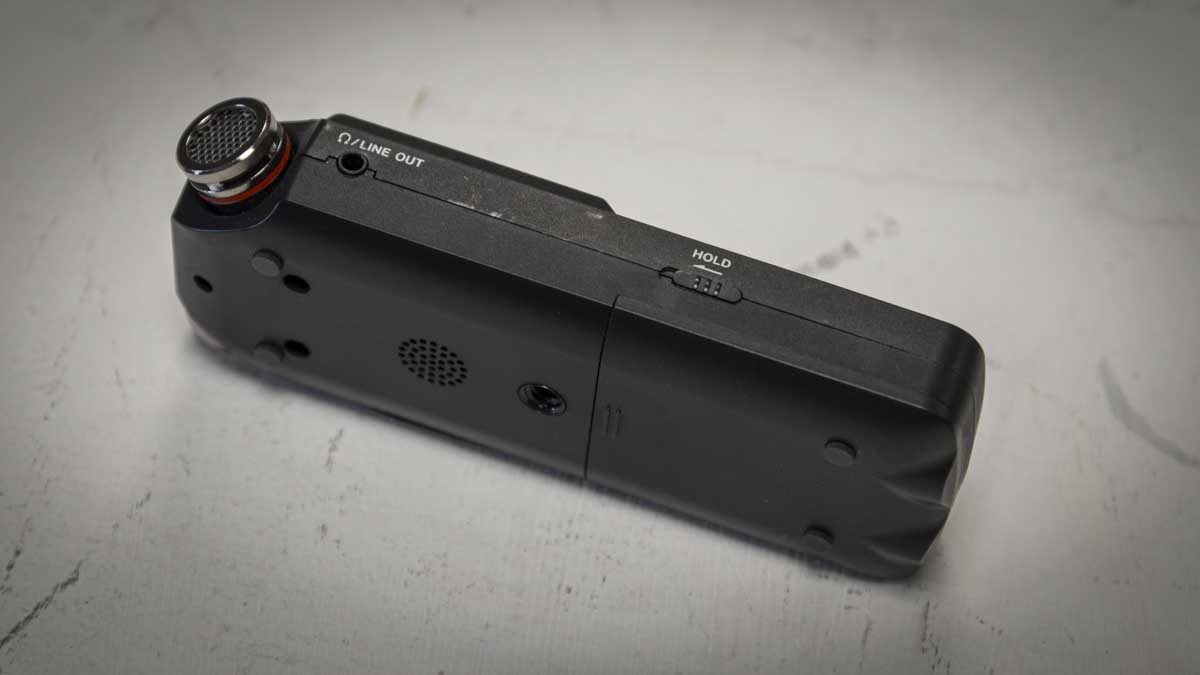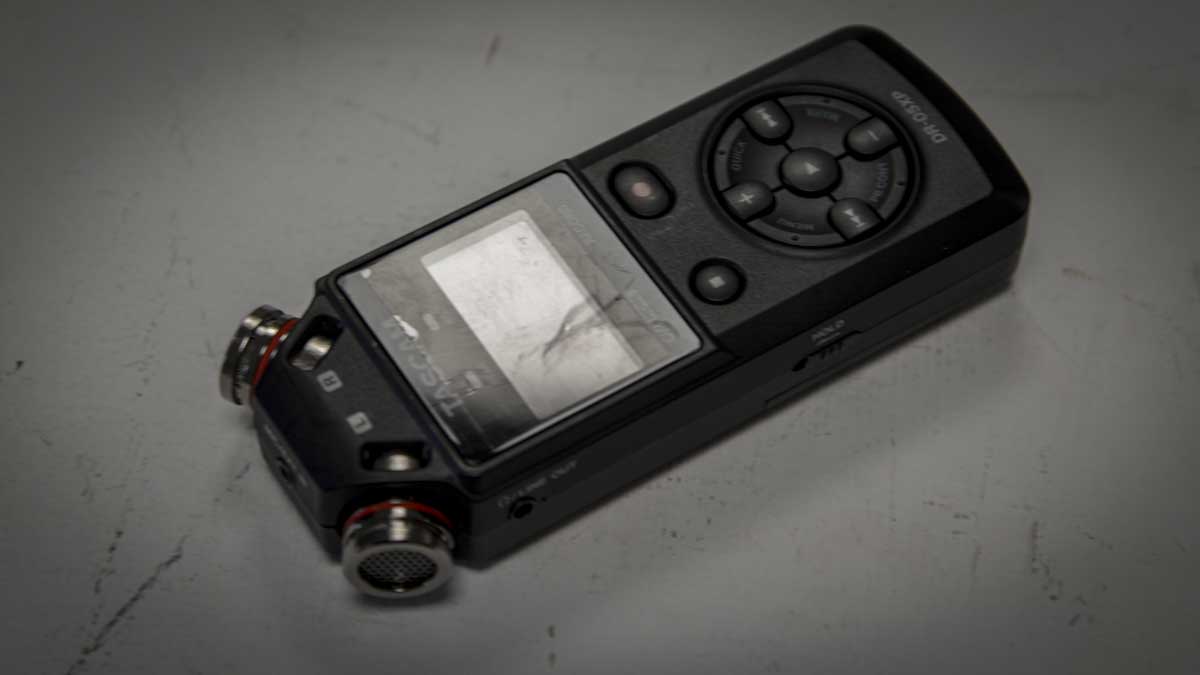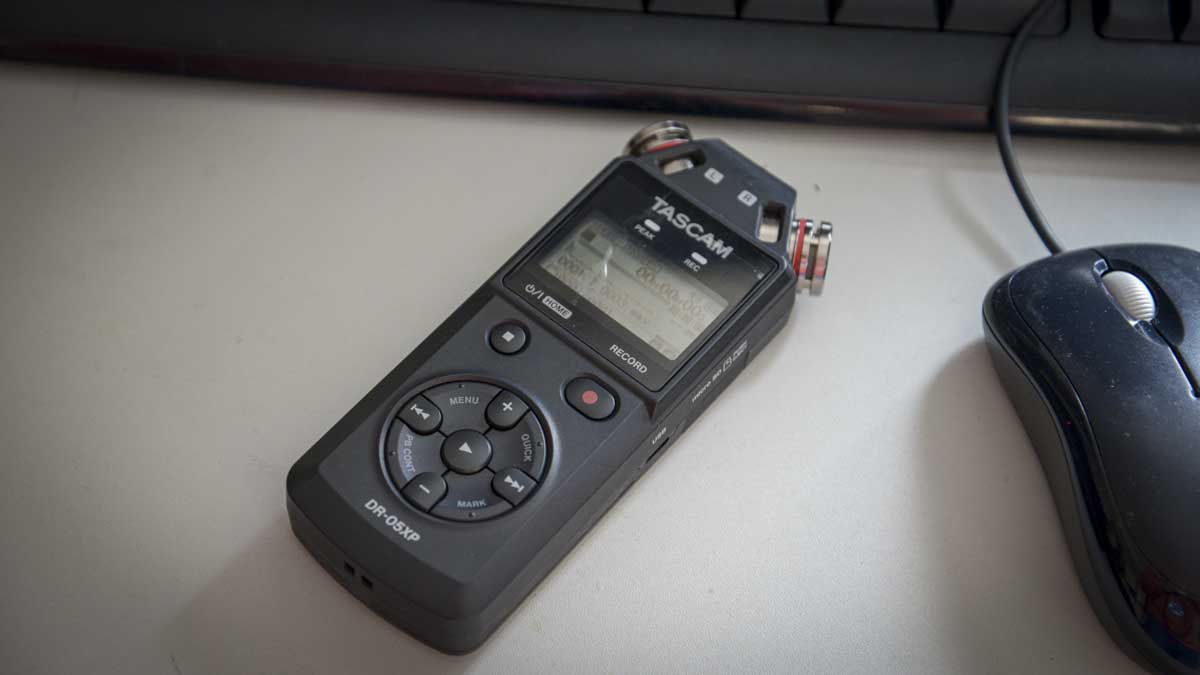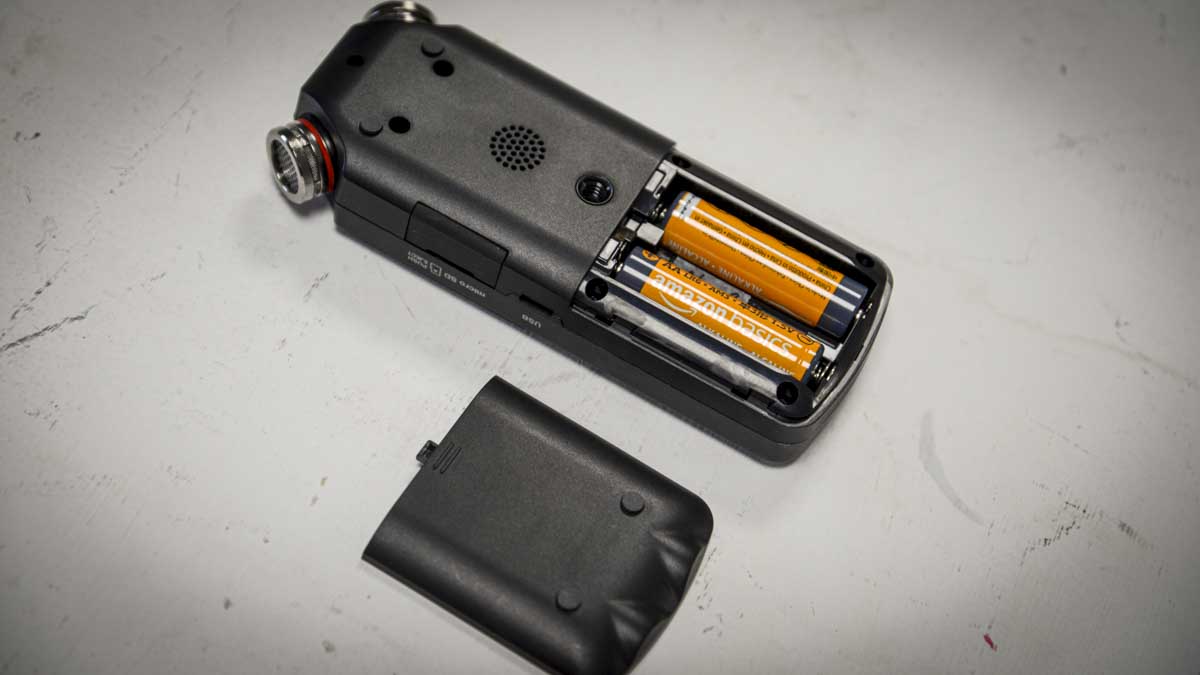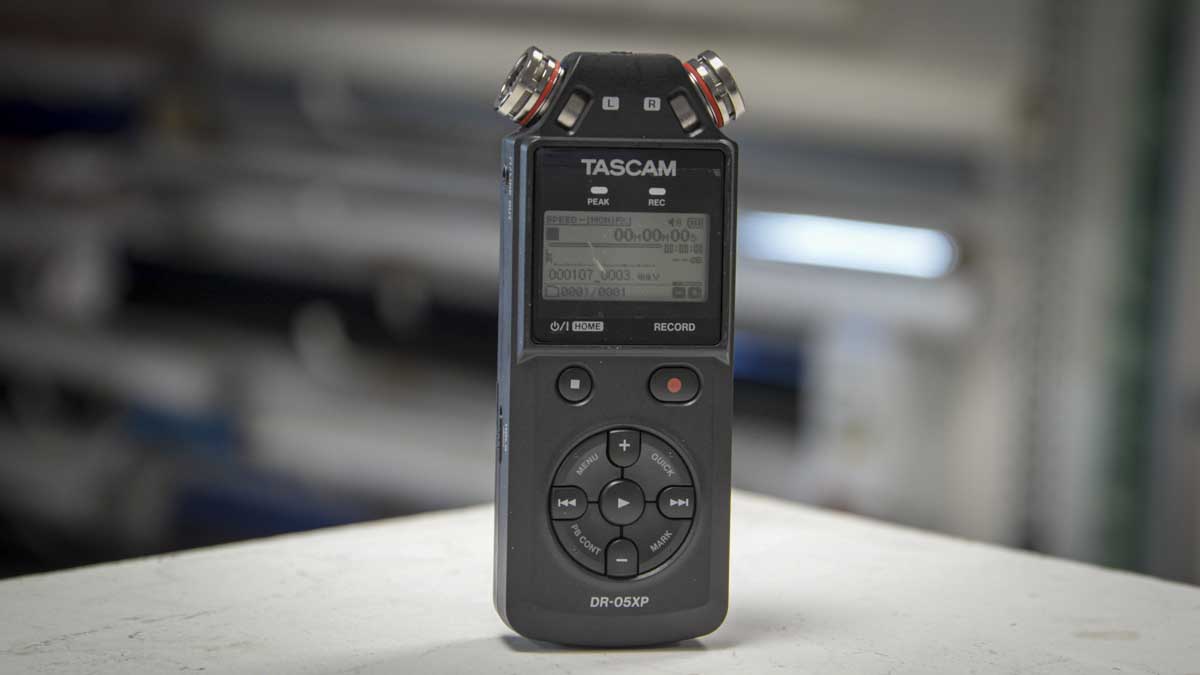The Tascam DR-05XP is a portable stereo audio recorder designed for creators. It’s a standalone recorder, so if you just want to capture high-quality audio or voiceovers, then this is a simple choice, no need for any additional equipment. One of the big features here is that it has the ability to capture 32-bit float recording at up to 96 kHz, which essentially means that it can capture audio at a far higher quality than most cameras, which generally capture audio at 16-bit.
Another of the big features is the 2-in/2-out USB-C interface. This means that the recorder can be used as a USB microphone or audio interface, enabling you to record directly to computers and even iOS devices.
As with many cameras where tools and effects are now the norm, the DR-05XP includes built-in effects such as reverb with six presets, a chromatic tuner for instrument tuning, and multiple low-cut filter options (40 Hz, 80 Hz, 120 Hz, 220 Hz) to reduce unwanted low-frequency noise, which can be useful in noisy environments where you just want to focus on the vocals.
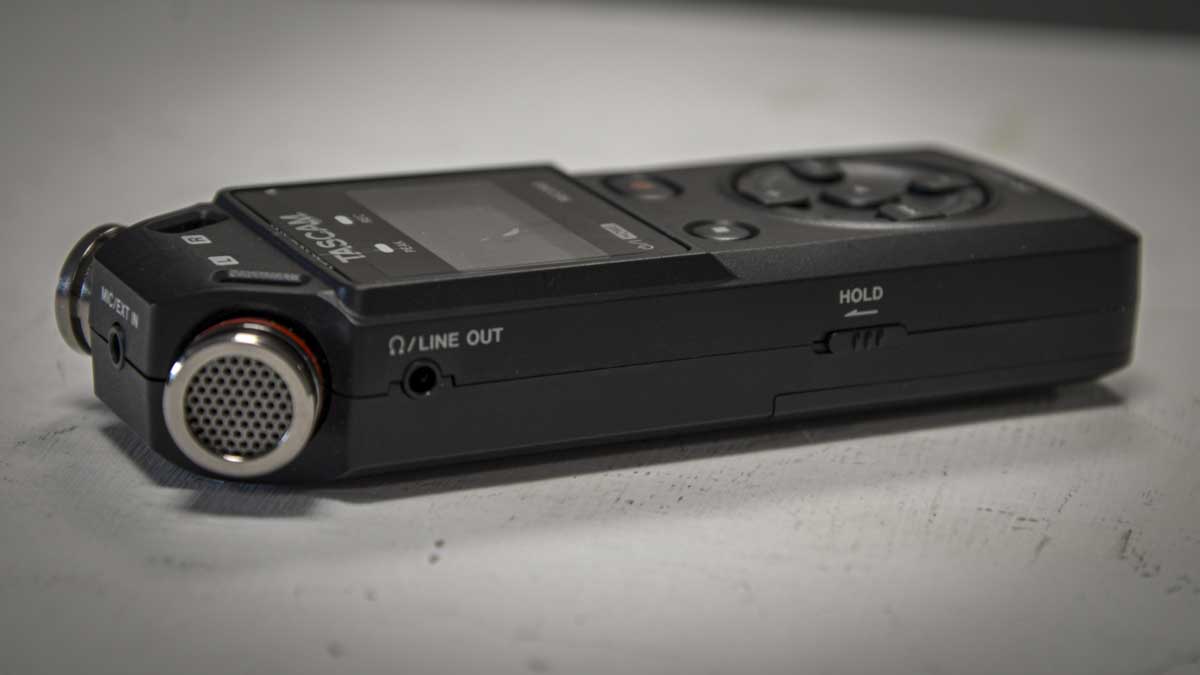
One of the features that I really like, especially for an audio recorder, is the fact that this unit runs off two AA batteries, which should enable up to 17.5 hours of continuous use.
If you’re used to the Tascam range, then one of the great aspects is that the audio is captured on an SD or MicroSD card, enabling plenty of flexibility. Again, here, the DR-05XP supports microSDXC cards up to 512 GB.
Of special interest to videographers is the Auto Tone Output for Video Sync, which helps with synchronising audio and video files during post-production. While most video editing applications feature an auto-align tool, boosting this with the features of the recorder should make that whole process much easier.

